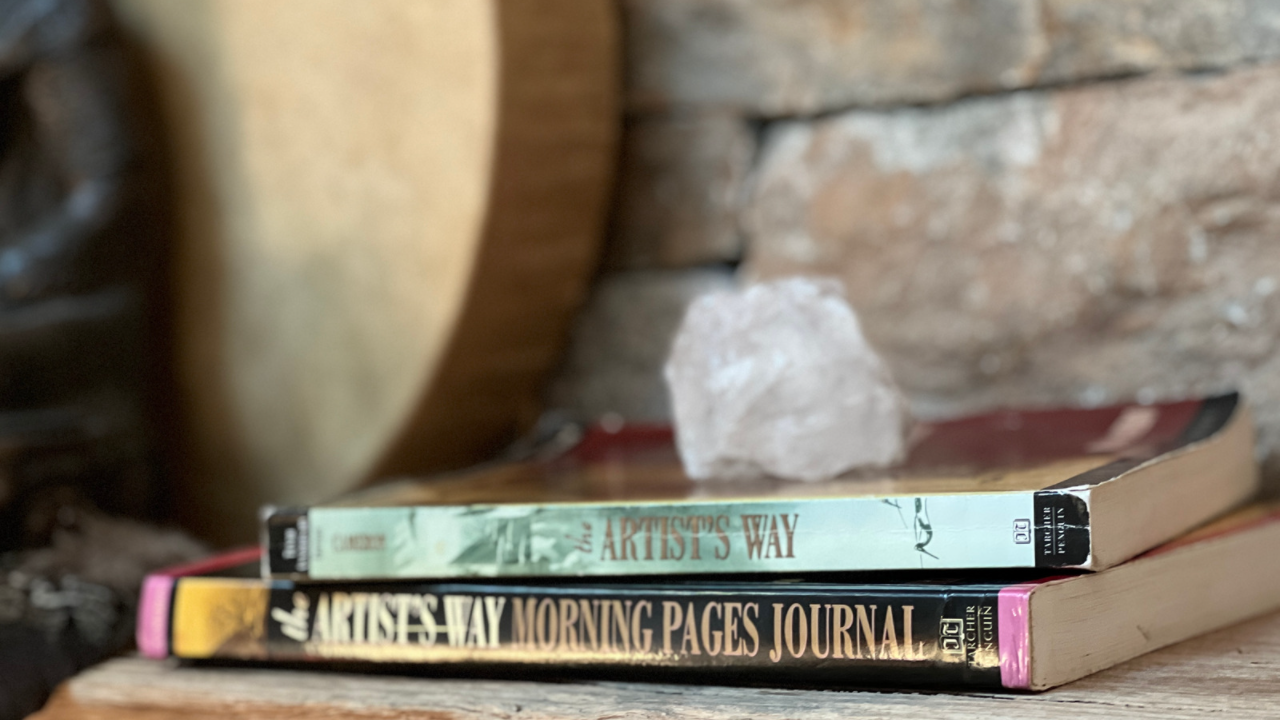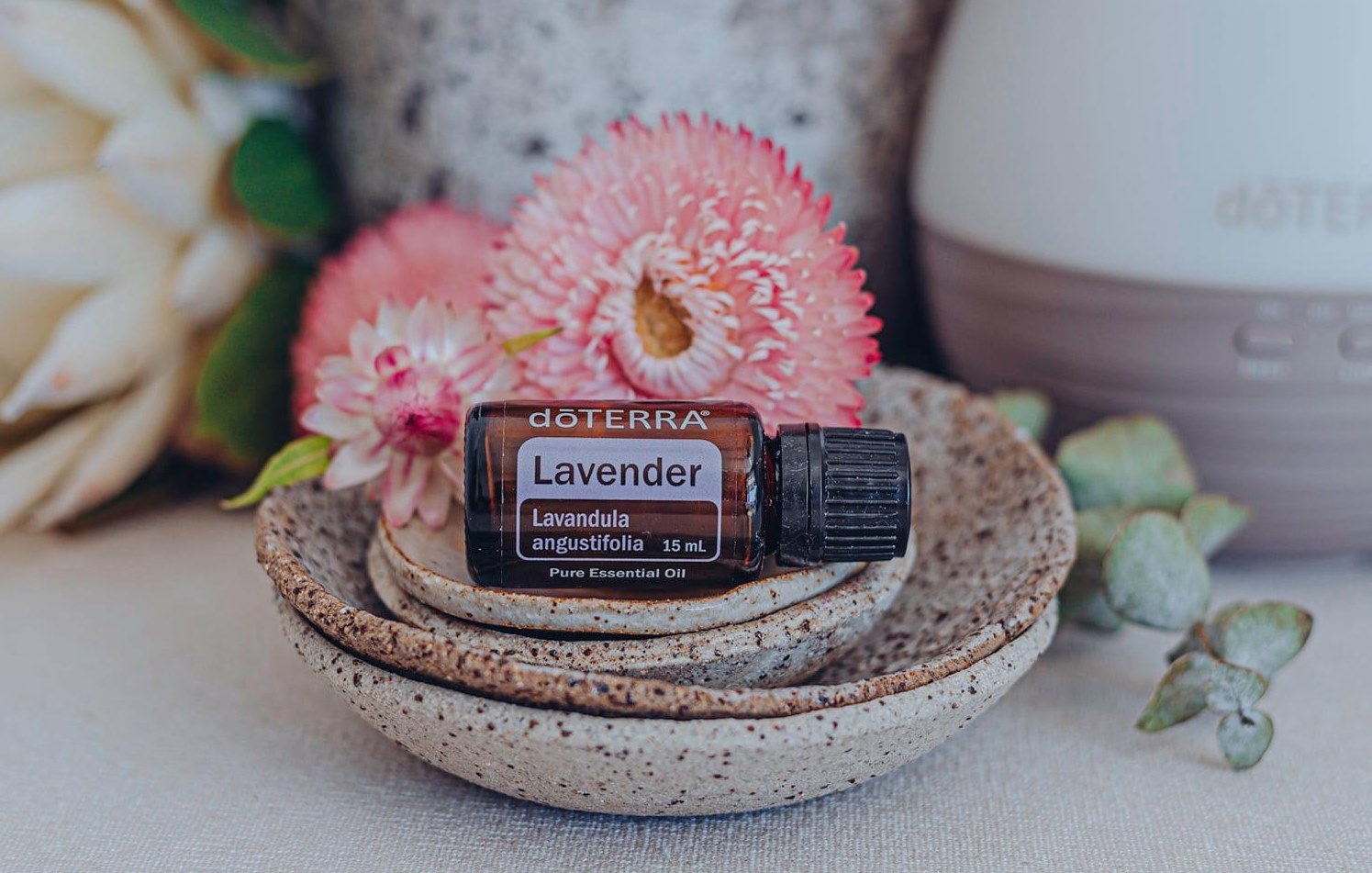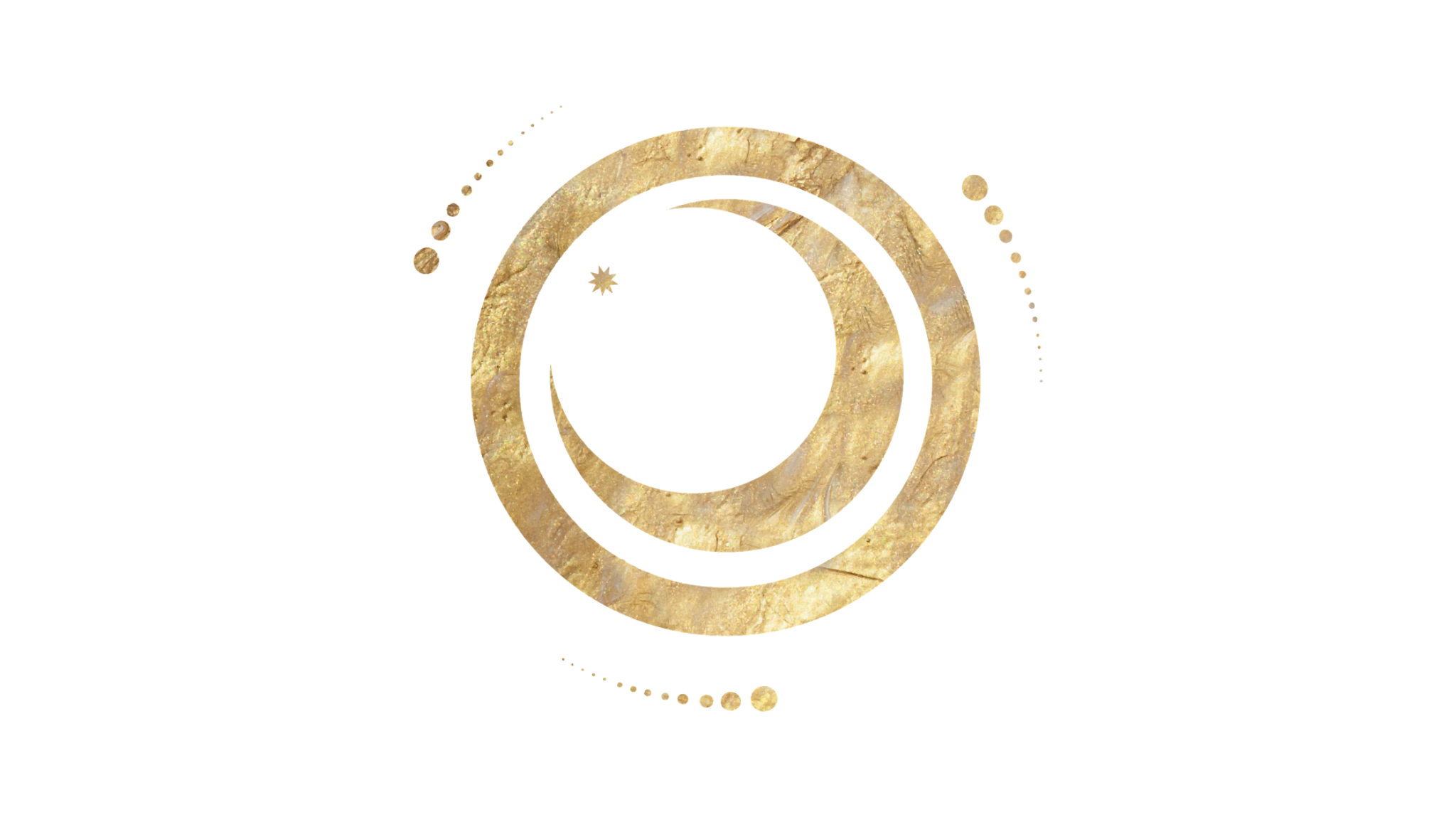Allowing a Stream of Consciousness
May 03, 2022
The term ‘stream of consciousness’ has been used in literature and psychology for many years. It was originally coined by philosopher and psychologist William James, in the late 1800s. He had some interesting views and shared many insights concerning happiness for example. One of these was the idea that happiness consists in steering yourself to a higher purpose, even if that purpose cannot be ‘proven’ to exist.
He was also one of the first people (in the western world), who tried to make sense of the constant stream of thoughts that we as humans experience. In Buddhist theories we see this happen a lot earlier along our timeline.
In literature the term ‘stream of consciousness’ pops up a while later. In a literary sense, ‘stream of consciousness writing’ is usually considered to be an interior monologue which is characterised by associative leaps in thought and lack of punctuation, grammar, and so forth.
There is another technique that is often used in writing called ‘free-writing’ (Dorothea Brande, 1934), which involves continuous writing, usually for a set period of time. The art of free-writing is that it is super simple. It is an exercise in how to train your brain to write and how to see things with a sense of wonder, or from a different perspective. Dorothea Brande explains free-writing as a method of returning to “the state of wide-eyed interest that was yours at the age of five” – I really like that.
You simply write without regard to spelling, grammar, etc., and make no corrections. If you reach a point where you can’t think of anything to write, you jot down that you can’t think of anything, until you find another train of thought.
There are a heap of resources available about free-writing, but one of the most popular at the moment is Julia Cameron’s book, The Artist’s Way.
Please know I have linked to a couple of fabulous resources in this post and they are affiliate links - so if you make a purchase via the link, I will make a few cents (thank you!). Just so you know, I only recommend books and resources I love.

How to - Stream of Consciousness Writing
1 - Gather the Things you Need
Find something to time yourself with and get paper, or a journal and your favourite pen ready. This process can be done on a computer too if that’s what you prefer. Make sure you won’t be interrupted by kids, loud noises or the dog wanting food.
2 - Remove All Distractions
The point of this exercise is to write freely, without interruptions. Make sure to turn your phone off – or set to silent if you’re using your phone as your timing tool. Shut down social media, turn off the tv. If you can’t be alone, tell the people around you what you’re doing and that you need silence and don’t want to be interrupted.
3 - Protect from Overwhelm
In the case of stream of consciousness writing, there is either a time or a page limit. Go with what you feel is right for you. Start with a short time or page limit, perhaps 5 minutes or 2x A4 pages and build up over time. Just so you don’t feel overwhelmed from the get go.
4 - Use a Prompt or Not
Some people find it easier to start writing by using a prompt, this can be a word, a sentence, or a question. You can also just write down the first thought that comes to mind and go from there. In psychoanalytic theory this is related to ‘free association’. It can be anything. ‘I am cold.’ ‘I should’ve washed my hair.’ The light is so beautiful the way it comes through the leaves.’ It could even be ‘I don’t know what to write. What a stupid idea this is.’ And so on. But keep writing without judgement.
5 - And… go!
The point is to keep writing for the entire time. Don’t stop or go back over what you’ve written. Don’t cross out and change any words or sentences and and don’t fix any spelling mistakes or grammatical errors. There is no editing of any kind.
Try not to focus on what you are writing. If you can, allow your vision to blur and take your focus to the tip of your pen on the paper and the movement that follows.
Keep going until the timer tells you it’s time to stop, or when you’ve written the number of pages you committed to. And that’s it!
Once you’ve finished, you can decide what to do with your writing. You might like to read it back, keep it, stick it in your art journal or discard. Whatever feels right for you, do that.
Stream of Consciousness in Art
Susan Buchalter talks about free-writing in an art therapy context and she calls it ‘brain dumping’. The idea is to get all your thoughts and feelings out on paper so they don’t eat away at your mind. It’s a great way to gain a new perspective with a deeper level of understanding.
When we take 'stream of consciousness' writing a step further, we can also take it deeper into a creative process by painting, drawing or doodling a stream of consciousness. Use the same steps as above, but instead of pen and paper, you prepare your art materials and have them ready. And instead of writing, you follow your brush on the canvas or paper.
In terms of helpful and supportive mediums to assist this process, consider using watercolours, acrylic paints, oil pastels or anything that allows for smooth movement and ease of flow to take place.

Extra Support from Lavender Essential Oil
A great additional layer to this exercise can be reached using Lavender essential oil. Lavender is known as the oil of Communication and Calm and this oil can help us to release the tension and constriction that comes from withholding expression. Sometimes we don’t allow ourselves to get in touch with what we truly think and feel and therefore Lavender is a great match for stream of consciousness writing.
Before you start your writing, inhale a drop of Lavender from cupped hands. Inhale deeply 3-4 times through your nose, and out through your mouth.
A Powerful Process
Stream of Consciousness writing is very powerful and empowering for a number of reasons.
- It can be a great way to release stagnant feelings, thoughts and emotions.
- You can make more sense of what is in your head and heart in the present moment and come to terms with any unsettling thoughts and feelings, allowing for more clarity.
- It can leave you feeling calm, centred, and balanced.
For a journal that uses some great prompts to get your writing practice started, have a look at Creative Self-Reflection.

Stay connected with news and updates!
Join our mailing list to receive the latest news and updates.
Don't worry, your information will not be shared.
We REALLY don't like SPAM. We will never sell your information, for any reason.





